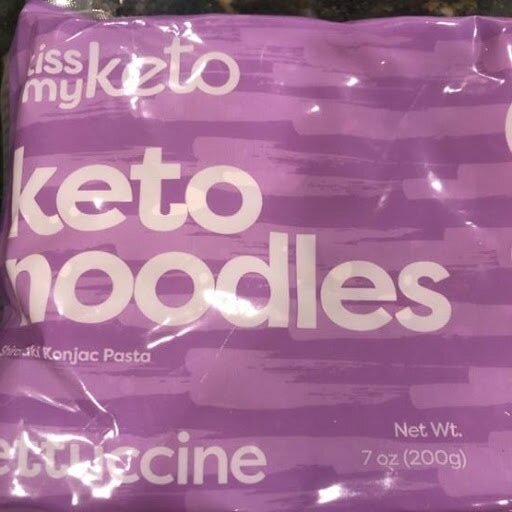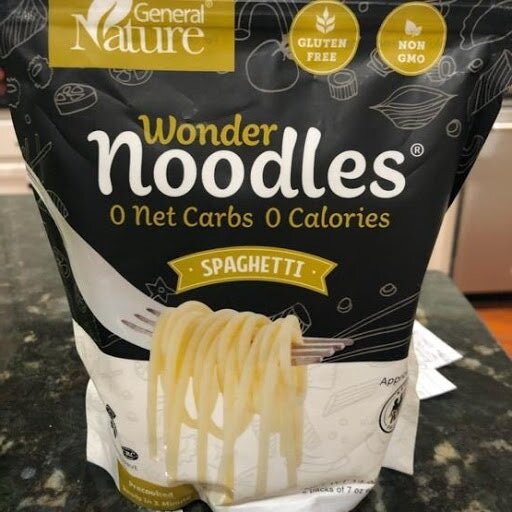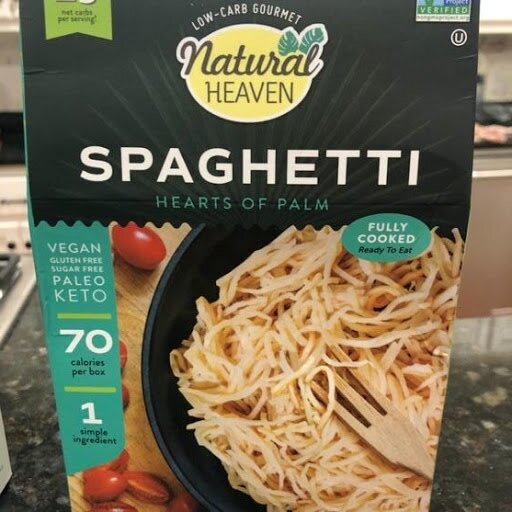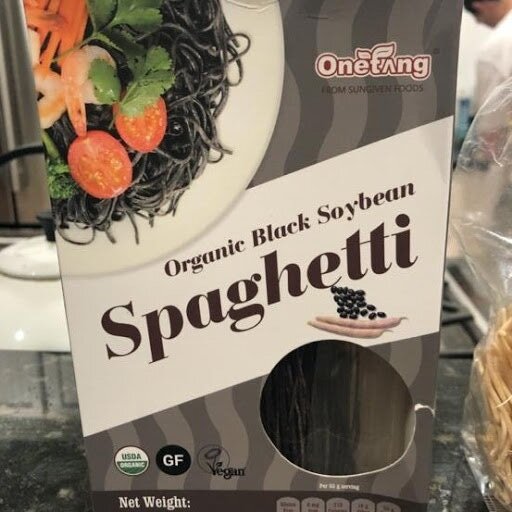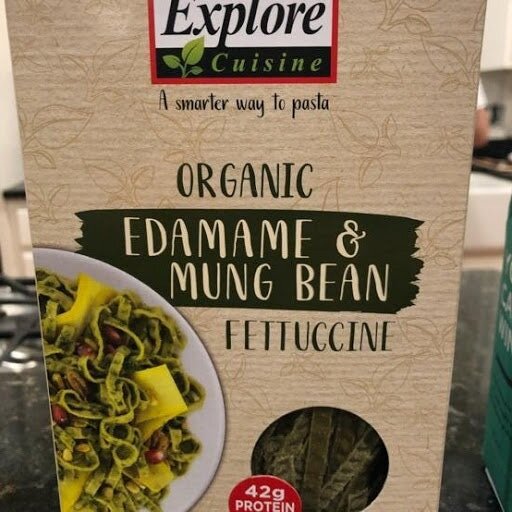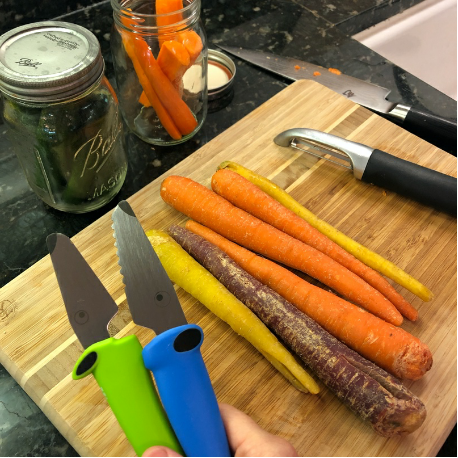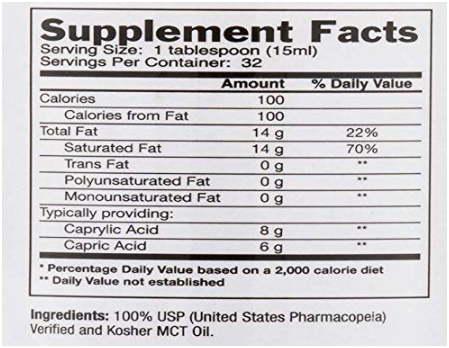Oodles of Noodles
/By Jessica Lee
Take away carbs and one of the first thing people ask is “What about pasta??” Whether you grew up on spaghetti-o’s or your grandmother’s homemade meatballs and spaghetti, pasta is in our DNA. I’m not sure I’ve ever met someone who doesn’t like pasta. (Pizza-sure, bread-maybe, but pasta? Nope.) So for keto kids (and adults) what do we do? We all know about zucchini noodles and spaghetti squash but sometimes you need something a little closer to home.
So you go looking for pasta but are bombarded by advertising clichés on the boxes like “keto friendly”, “low carb”, “gluten free”, “zero carb”, “noodle substitute” and “as seen on Shark Tank”. But have you actually read the labels? What are these? Noodles…poodles…koodles??
Remember there is no “keto” certification these products have to meet, it’s all advertising so please, please read your labels. Most of the time, these products are low carb but may not be appropriate for a ketogenic dieter. Where is the fat? How much protein (which can kick you out of ketosis or prevent you from reaching therapeutic ketosis)? I will go ahead and skip to the ending. NONE of the traditional pasta substitutes is truly a stand-alone keto product because none of them have adequate fat. The good news? It’s EASY to add a high fat sauce. Creamy alfredo, zesty pesto…we even did a dairy free pasta sauce on our blog last month!
Ok let’s get to the good stuff. We did a taste test and ordered these all from Amazon. I don’t usually grocery shop on Amazon but I thought this way I know the products are available to everyone. You know I love my Trader Joe’s but they aren’t in every neighborhood so… Anyway, the pricing reflects the fact that I had to often order 2 packs or 6 packs. And isn’t it awful when you order 6 bags of noodles and realize you hate them and have to throw it all out? We are here to help you sort through the options, so you don’t have to!
Let’s talk categories first:
Non-nutritive: These are the konjac noodles, palm noodles and yam fiber. They are essentially fiber only. So it’s really about what you top them with.
-What is konjac by the way? Also known as glucomannan, it is an herb that grows in parts of Asia. It’s known for its starchy corm, a tuber-like part of the stem that grows underground. The corm is used to make this rich source of soluble dietary fiber. Since it is high fiber, it may have gastrointestinal side effects such as bloating, diarrhea, gas, nausea, or cramping.
Protein based: These are the bean based and pulse versions. Some, like chickpea and lentil, still have a lot of carb so they weren’t included in our review. We looked mainly at soy based and pea protein. They are high in protein but low in carb and fat, so you either need to have a fat based sauce or be on a modified Atkins diet where you mostly deal with counting carbs.
-Pea protein…the new kid on the block. Heard of Beyond Burger? That’s pea protein. It’s an extract from split peas but so processed that is likely has lost all nutritive benefit.
Ok so the adults tried these sans sauce to get the full experience, the kids had pesto on theirs.
Disclaimer-These recommendations are for our ketogenic community but may not be appropriate for every individual.
1. Yuho Konjac Noodles
Nutrition per serving: 5 calories, 0g fat, 0g net carb, 0g protein
Ingredients: Water, konjac powder, calcium hydroxide
Price per serving: $2.25
Verdict: Very rubbery, a little bitter. Both kids spit it out.
2. Kiss My Keto fettuccini noodles
Nutrition per serving: 5 calories, 0g fat, 0g net carbs, 0g protein
Ingredients: Purified water, konjac flour, limewater
Price per serving: $4.16
Verdict: My son was surprised by them, in a good way-he ate a few more bites without prompting. These were definitely the best of the “konjac” group.
3. Miracle Noodle spaghetti
Nutrition per serving: 5 calories, 0g fat, 1g net carb, 0g protein
Ingredients: Water, organic konjac flour, citric acid
Price per serving: $1.85
Verdict: Rubbery, nearly elastic; hubby spit it out
4. General Nature Wonder noodles spaghetti
Nutrition: 0 calories, 0g fat, 0g net carb, 0g protein
Ingredients: water, yam fiber, lime, oat fiber
Price per serving: $1.07
Verdict: Rubbery, tasteless (but not in a bad way?), neither kids liked it but they didn’t spit them out (which is saying something given the other ones!)
5. Palmini linguine
Nutrition per serving: 20 calories, 0g fat, 2g net carbs, 1g protein
Ingredients: Sliced hearts of palm, water, natural sea salt, citric acid
Price per serving: $2.50
Verdict: Sour, salty, stringy. Even I spit these out.
6. Natural Heaven spaghetti
Nutrition: 25 calories, 0g fat, 2g net carbs, 1g protein
Ingredients: Heart of palm
Price per serving: $3.16
Verdict: I thought these were ok, less sour compared to the other heart of palm ones; my husband and son both spit them out.
7. Onetang Organic Black soybean spaghetti
Nutrition per serving: 210 calories, 4g fat, 8g net carbs, 25g protein
Ingredients: Organic black soybeans, water
Price per serving: $1.46
Verdict: Both kids said “mmm, yummy!” but my husband felt they were stringy. This was my daughter’s favorite!
8. Great low carb company spaghetti
Nutrition: 110 calories, 1g fat, 7g net carbs, 18g protein
Ingredients: Pea protein isolate, oat fiber, wheat fiber, egg whites, wheat gluten, seminola
Price per serving: $2.38
Verdict: I felt like there was a funny aftertaste but my son and husband felt this was the closest to “real pasta”. It definitely had the dense yeasty pasta like feel and was my son’s favorite.
9. Explore Cuisine Organic Edamame and Mung bean fettuccini
Nutrition: 180 calories, 4g fat, 6g net carbs, 24g protein
Ingredients: organic edamame bean flour (green soybeans), organic mung bean flour
Price per serving: $1.07 per serving
Verdict: My husband’s favorite! In fact, he asked if we can start substituting these in our pasta dishes. Very similar mouth feel to a wheat pasta. Both kids liked it and finished the serving!
-Non-nutritive Winner…Kiss my Keto noodles (#2) No question, the only konjac variety my kids ate. The directions did have me boil the noodles first (compared to the other directions not having this step) so that may have been the difference. The palm noodles are just not even close.
-Protein based Winner…Tie between the Black soybean (#7) and Edamame/mung bean (#9). I chose these two over the great low carb protein version because they are less processed overall, have more fat, and with a friendlier price.
Let us know what you think!
*This post is not sponsored; all products were purchased (not gifted) and all opinions are my own.









































































